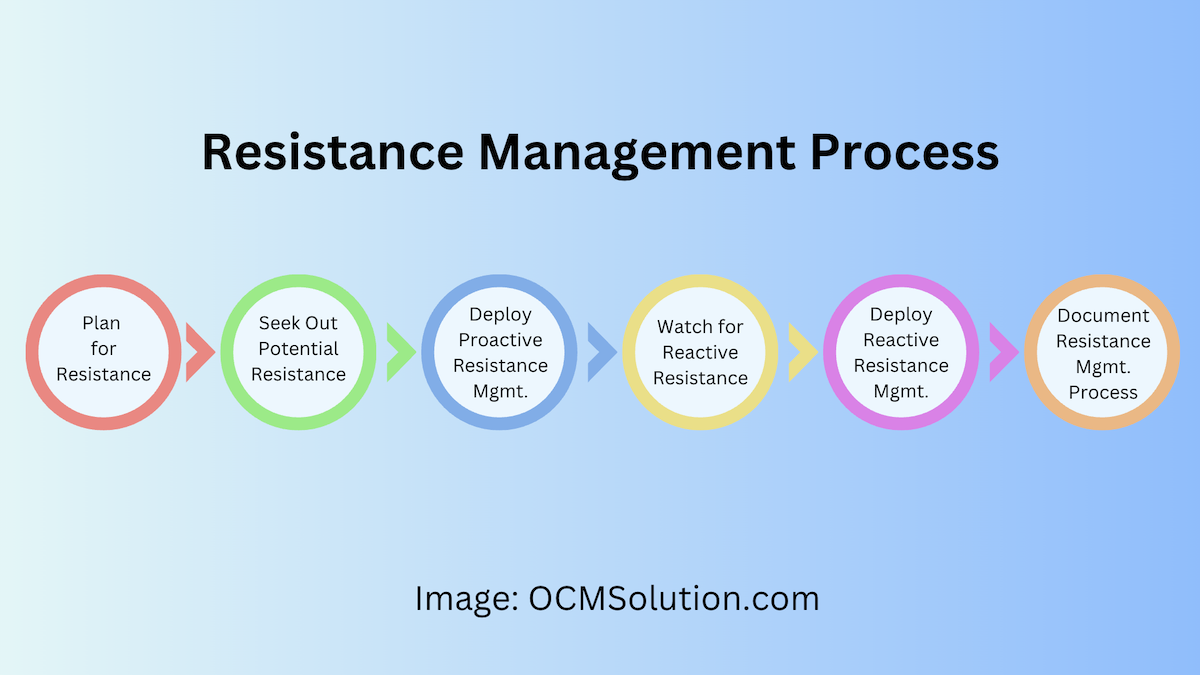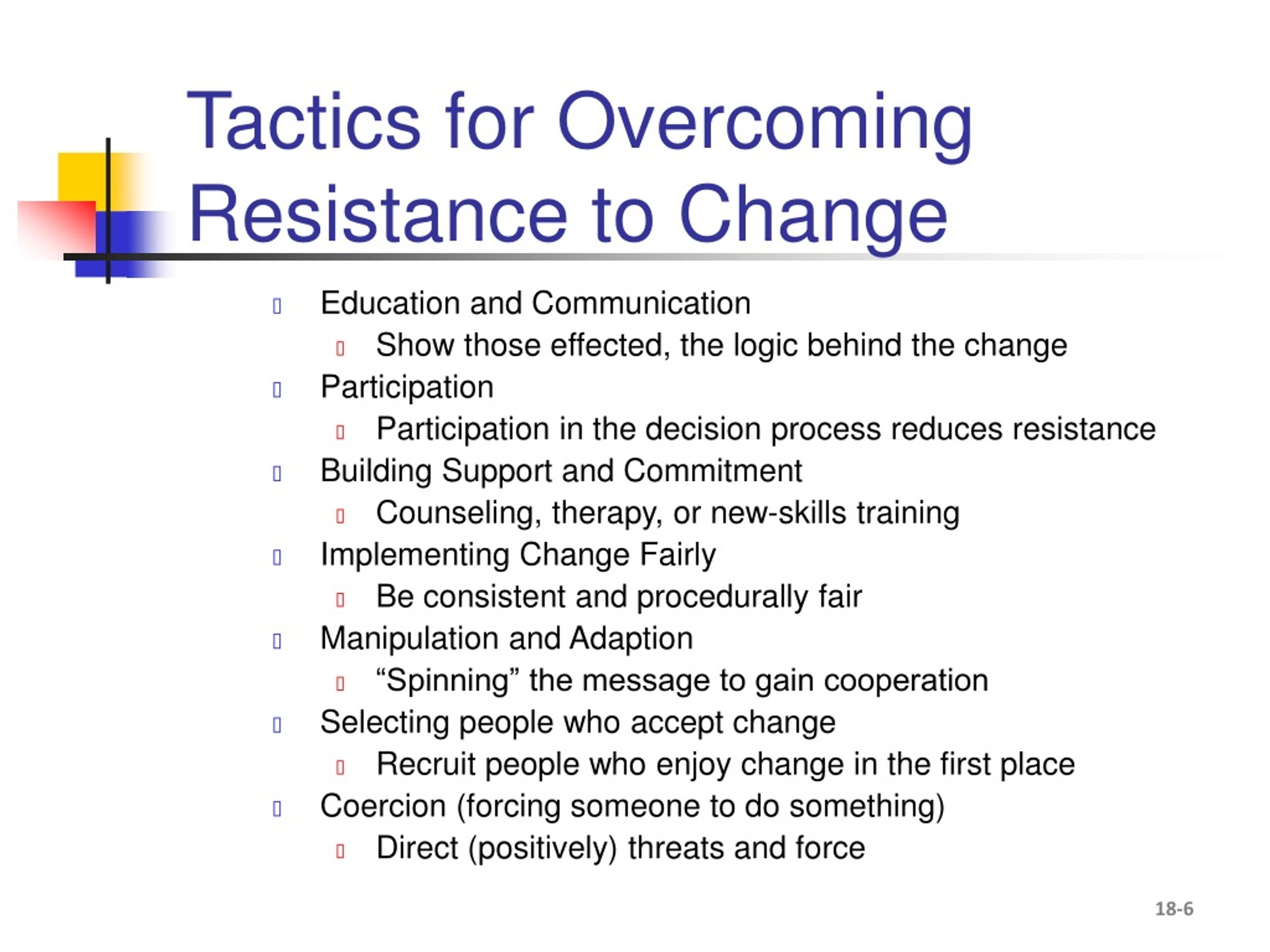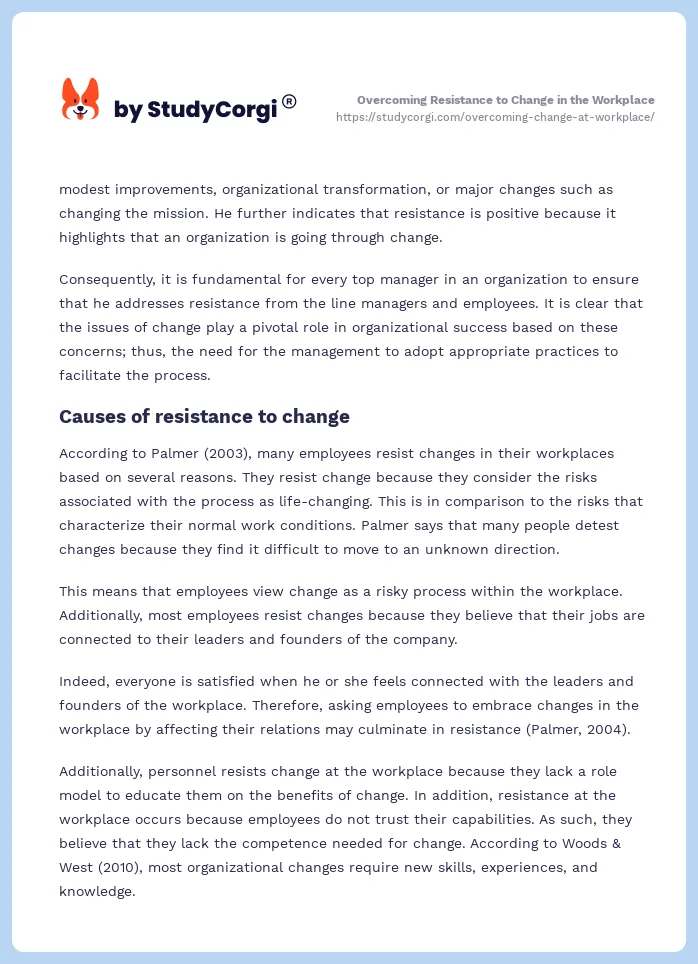Overcoming Resistance To Change In The Workplace

The break room hummed with a low thrum of discontent. Half-empty coffee cups sat abandoned beside crumpled sticky notes scrawled with half-formed arguments. A new software system was rolling out next week, a promise of efficiency, yet the air felt thick with a silent, simmering resistance.
At the heart of workplace evolution lies a universal truth: change is inevitable, but not always embraced. Overcoming resistance to change requires a delicate balance of empathy, communication, and strategic implementation. It's a journey that demands understanding the human element at the core of any organizational shift.
Understanding the Roots of Resistance
Resistance to change isn't simply stubbornness; it's often rooted in deeper fears and anxieties. According to a 2023 study by Gallup, a significant portion of employee resistance stems from a lack of understanding about the change's purpose and potential impact.
Employees may fear job security, a loss of control, or a perceived increase in workload. These fears, if unaddressed, can quickly escalate into open opposition or passive non-compliance.
Fear of the Unknown
The uncertainty surrounding change can be particularly unsettling. When details are vague or communication is lacking, employees tend to fill the void with their own, often negative, assumptions.
This can lead to the spread of misinformation and a decline in morale, making it even more difficult to implement the change successfully. Addressing uncertainty with clear and honest communication is crucial.
Loss of Control
Change can disrupt established routines and give employees the impression that their autonomy is being undermined. Individuals feel valued when their contributions are acknowledged and respected.
According to Prosci, a leading change management organization, involving employees in the planning and implementation process can significantly reduce resistance. This fosters a sense of ownership and control.
Strategies for Smooth Transitions
Successfully navigating change requires a proactive and empathetic approach. Creating a culture of open communication and providing adequate support are paramount.
Here are some key strategies for mitigating resistance and fostering a positive environment for change:
Communicate Clearly and Consistently
Transparency is key. Explain the reasons behind the change, its potential benefits, and the impact on individual roles. Use various communication channels – town halls, emails, team meetings – to ensure everyone is informed.
Regular updates and opportunities for feedback can help address concerns and build trust. Be prepared to answer questions honestly and acknowledge the challenges that may arise.
Involve Employees in the Process
Give employees a voice. Seek their input during the planning stages and involve them in pilot programs or training sessions. This demonstrates that their opinions are valued and that they are active participants in the change, not just passive recipients.
Empowering employees to contribute their expertise can also lead to valuable insights and innovative solutions that improve the implementation process.
Provide Adequate Training and Support
Equipping employees with the necessary skills and resources is essential for a successful transition. Comprehensive training programs can alleviate anxiety and build confidence in their ability to adapt to the new changes.
Offer ongoing support and mentorship to help them navigate the challenges they may encounter. Celebrating small victories and acknowledging individual efforts can also boost morale and reinforce positive behaviors.
Lead by Example
Leadership plays a crucial role in driving change. When leaders demonstrate their commitment to the new initiatives and actively embrace the changes themselves, it sets a positive example for the entire organization.
Authenticity and transparency are key to earning the trust and respect of employees. Leaders should be visible and accessible, providing guidance and support throughout the transition period.
A Journey, Not a Destination
Overcoming resistance to change is an ongoing process, not a one-time fix. Organizations must cultivate a culture of adaptability and continuous improvement to thrive in today's rapidly evolving business landscape.
By embracing empathy, open communication, and a collaborative approach, businesses can transform resistance into resilience and pave the way for a future where change is not feared, but embraced as an opportunity for growth and innovation.
"The only constant in life is change." - Heraclitus


















